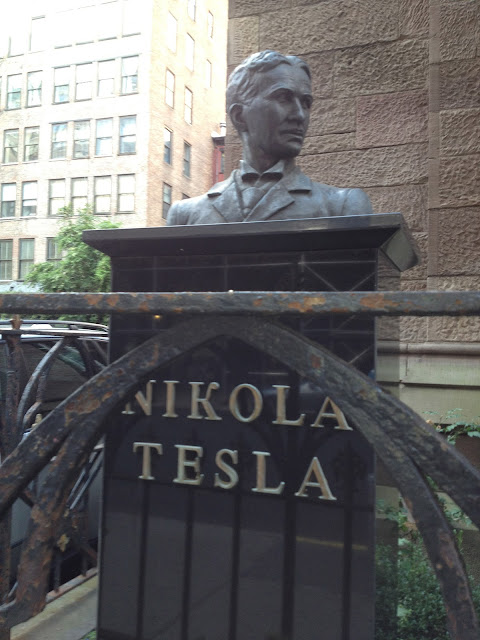This just in from the New York Times:
At midnight on Thursday, the Stage Deli, a landmark New York institution that got its start 75 years ago, closed its doors.
“It’s a sad day for New York,” said Paul Zolenge, who has owned the deli, on Seventh Avenue near 54th Street, with Steve Auerbach for 26 years. “We’ve been struggling to make it through these hard times.”
Mr. Zolenge cited the cost of doing business in New York. The landlord erected scaffolding in front of the restaurant a year ago, he said, and even though it came down in September, “we lost a whole year.” The rent had gone up several times in recent years, Mr. Zolenge said, and with the lease ending in a few months, he and Mr. Auerbach were expecting another increase. “We just couldn’t afford to keep it going any more,” he said.
The deli, known for its overstuffed sandwiches named for celebrities, usually in show business, was started by Max Asnas in 1937. Mr. Asnas sold it to Jimmy Richter, and Mr. Zolenge became involved through family connections. “My father-in-law, who has been a silent partner, bought it in 1978, and after a few years, I took it over,” he said.
Over the decades, the competition between the Stage Deli and the nearby Carnegie Deli, a similarly famous spot that opened the same year as the Stage, has been fierce. Mr. Zolenge speculated that someone might come along to buy his restaurant’s name.
“This has been very hard for everyone to put an end to an institution,” he said, noting that the same had happened recently to several other Midtown old-timers. “Ben Benson’s closed, and Gallagher’s is closing, too.”I profiled the deli in "Who Goes There?" back in 2011.

















































